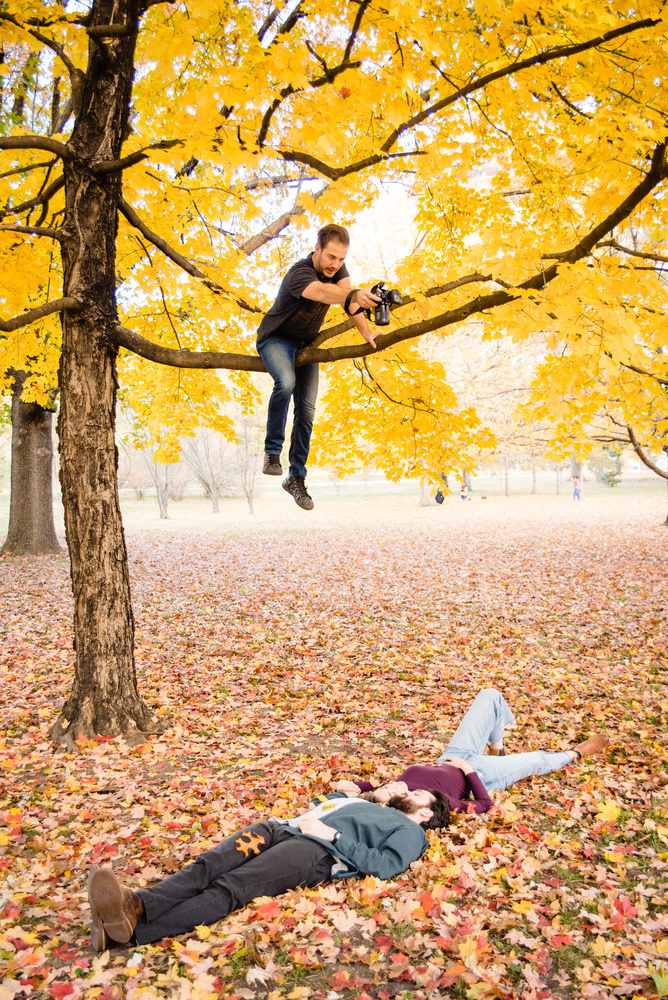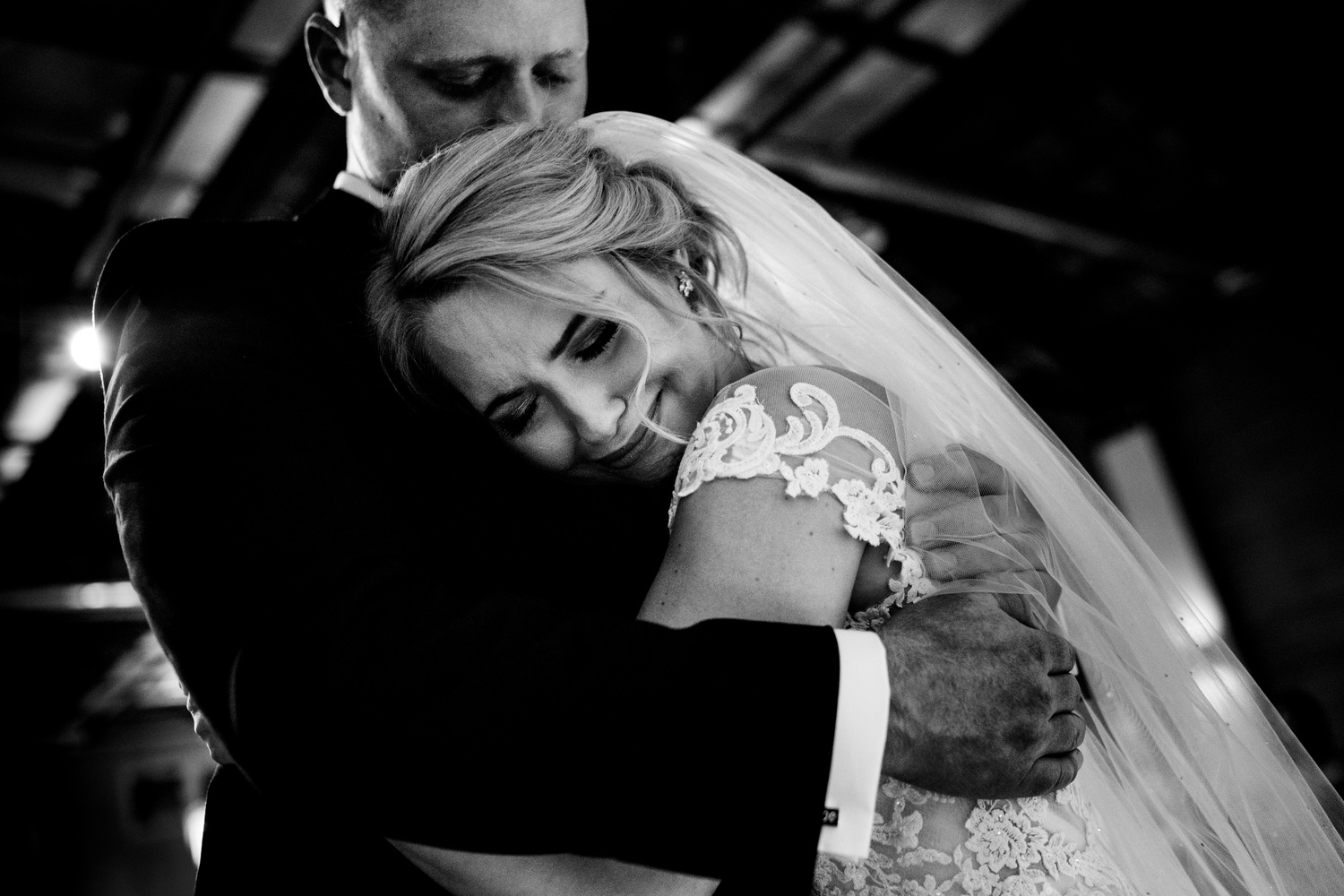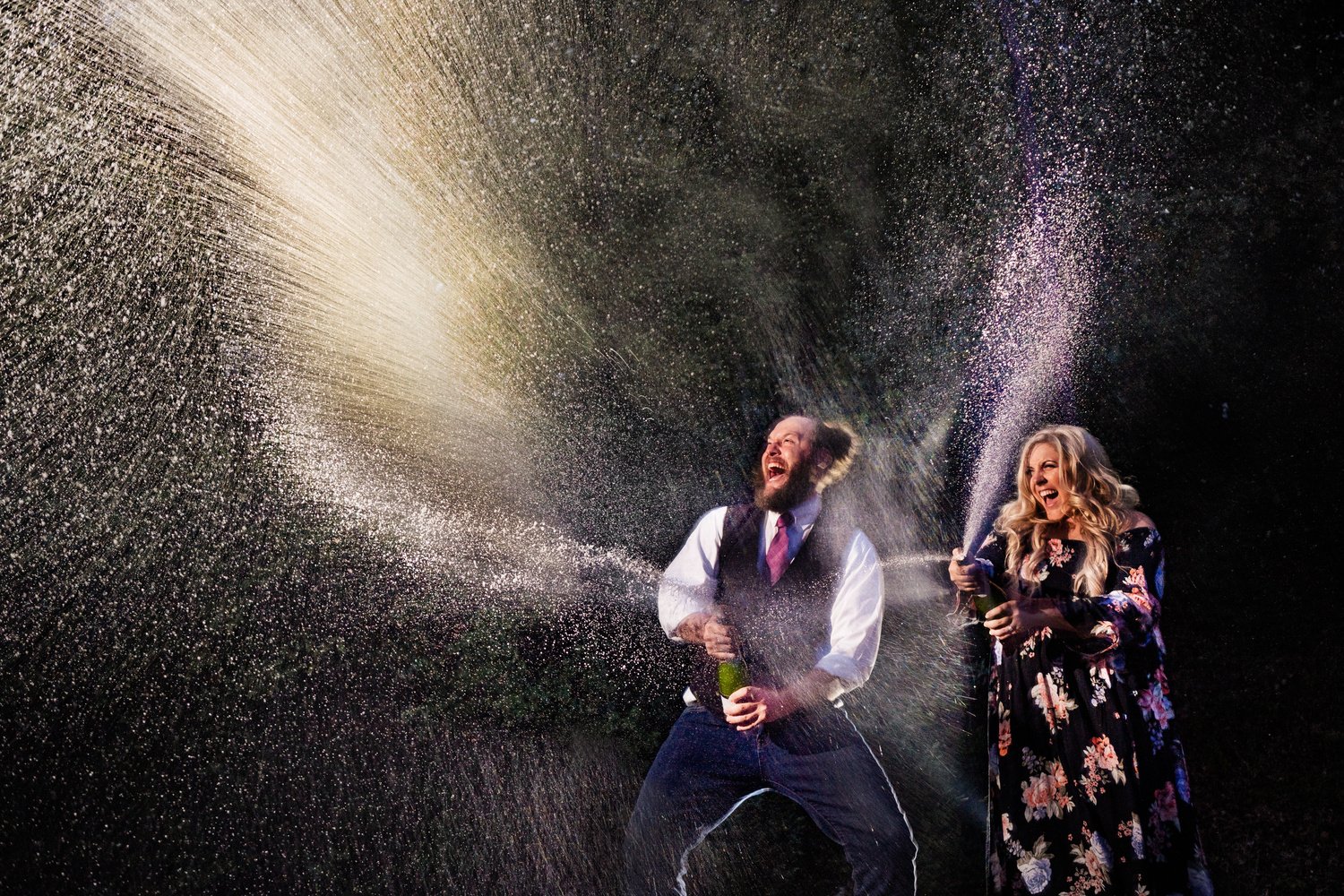Cameras these days have almost endless customization options, and sometimes, it’s hard to know where to begin. So, I’m going to walk through the key settings that I use to make my life shooting weddings a little faster and seamless.
A while back, I wrote an article about how I have my camera set up to shoot weddings. But a lot has changed since then. Cameras these days have even more to offer, and there has been technology introduced that has completely changed the way I shoot. So, in this video, I walk through each key menu item that I customize on my Sony A9 and explain why I do it that way. But here in this article, I want to expand a little on a few specific elements.
Aperture Priority With Auto ISO
This part will probably draw the most questions and ridicule. Throughout all the little pieces of advice you see given to new photographers, shooting manual is probably the piece of advice given the most. And I have to agree with it. Anyone wanting to learn to be a photographer should know and understand how to use their camera in manual mode. But like a lot of rules in photography, it’s important to learn the rules so you know when and how to break those rules.

For me, I don’t use aperture priority because I don’t know how to use manual mode. I use it because it’s way faster and it frees up my mental capacity to focus on taking good images. The less you can think about your gear, the more you can concentrate on what really matters. And if I’m shooting in a dark room and need to quickly take an image in full daylight, my camera can make that adjustment way faster than I can. Or if I'm balancing on a tree branch, I don't need to worry about fiddling with buttons and dials.

The trick is that I still have a certain amount of control and decision-making ability with how I can set things up. In the past, using aperture priority gave you the chance of having your shutter speed drop too low, resulting in motion blur. But now, with auto ISO, I have the ability to tell my camera not to drop below a certain shutter speed. If the camera needs to drop below my set shutter speed in order to maintain proper exposure, then it knows to raise the ISO. I also have the ability to tell the camera not to go above a certain ISO if I don’t like the quality of a file at higher ISO levels. But for me, I would rather have a grainy image than a blurry image. So, I choose to normally use a minimum shutter speed of 1/250th with an ISO range of 100-12,800. But I will occasionally drop my minimum shutter speed down as low as 1/4th of a second for handheld images in ideal circumstances.

The last piece of the puzzle that makes this the best option for me is the use of the EVF (electronic viewfinder) and exposure compensation dial, because with mirrorless cameras, you see what the image is going to look like before you hit the shutter, so there is no guesswork. If I see the image is too bright, I use my exposure compensation dial to make it darker and vice versa. So, looking through the EVF, all I care about is that my image is properly exposed, and then, I can rely on my camera to make sure that my settings are within the predefined parameters I have set. And for documentary work, I really only care what my aperture is and that my shutter doesn't get too slow.

Dial 1, 2, and 3
The problem with using M and A on the main dial with most cameras is that they share settings. So, if you have ISO 100 set in M, then switch to A, you will still have ISO 100. Because I like to use auto ISO, this means any time I switch between manual and aperture priority, I have to adjust my ISO. Not a huge deal. But by setting my primary settings to 1 on the dial, I get to remove one more thing from the constant running list of things I have to keep track of while shooting. When I shoot manual, I always have to run through the list of setting ISO, shutter, and aperture. But when I go to dial 1, I get the comfort of knowing that everything is set where I want and can just shoot, like the below image that was taken at The Walton Arts Center. I had my camera set up to use off-camera flash, but at the last second, I saw all the guests with their phones up. So, I was able to quickly switch to dial 1 and start shooting without needing to even think about my camera settings.

One thing I didn’t mention in the video is that I also have dial 2 and dial 3 set for certain situations. Basically, if you find yourself constantly adjusting your camera to the same settings over and over, you can save those settings to a dial number and never have to mess with it again. For example, I have a low-light setting that automatically switches my focus to S and then increases the size of the box for easier AF-lock. So, instead of diving into menus and buttons to change two or more settings, I simply set my dial accordingly.

Recall Custom Hold and Custom Buttons
This is an area that can get a little stressful for people sometimes. It’s hard to know what to have assigned to all these different buttons. Throw in the option for “recall custom hold,” and you’ve expanded your options even further. But the best thing to do is to just start somewhere. Then, while shooting, keep a mental note of things you find yourself needing to dive into the menu for as well as buttons you find yourself not using that often. This will give you some stand-out items to add to a button as well as which buttons to use. If you don’t have any more buttons available, adding them to the quick menu or the Fn menu is also a great option.

For me, I chose to utilize my buttons in a way that allowed me to make my camera perform in ways that aren’t typical, yet are still very useful, like having multiple buttons to engage autofocus, but with each acting in a slightly different way. Or being able to jump to aperture priority no matter what mode I’m in. While this takes away the possibility of me having normal things assigned to these buttons, such as white balance and metering modes, it makes it easier for me to use things I actually found myself constantly adjusting. This makes even more sense for my situation since I always have the white balance set to auto and I never change my metering mode.
Conclusion
While these exact settings might not be ideal for the way you like to shoot, hopefully, this has turned you on to some new possibilities. With camera manufacturers giving us more and more customization options, the possibilities are becoming greater and greater. If you have a special way you set your camera up, I'd love to hear it! Leave it in the comments and tell us why that setup is so useful for the way you shoot.






Nice article Jason, I'm curious how your approach changes when you are using flash, and if you are TTL or manual
Full manual all around for camera and flash. With flash, I'm usually setup for a scene so I can lock things in. Where with aperture priority, I'm set for anything and everything.
Wow dude have you shot with other camera systems, I’m impressed that you can work that Sony and still make great images?
I understand the flexibility but not the brain damage. Great how to video though and best of all you left room for part two showing real life examples of capture.
I actually don't find the Sony menus and setup any more difficult then any other camera manufacturer. The only difference is that they give you a lot more options and customizations. So it's just more to go through.